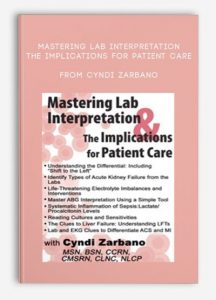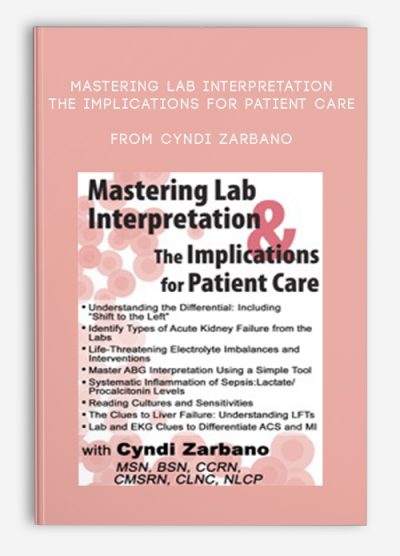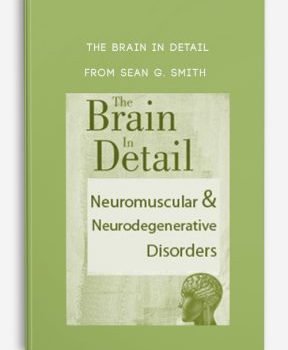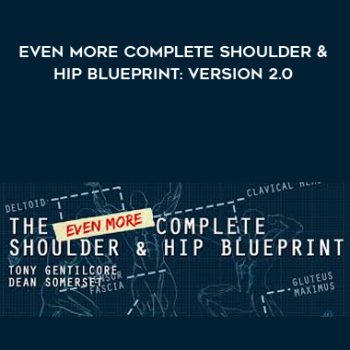 Mastering Lab Interpretation & The Implications for Patient Care from Cyndi Zarbano
Mastering Lab Interpretation & The Implications for Patient Care from Cyndi Zarbano
More information about Medical:
Medicine is the science and practice of establishing the diagnosis, prognosis, treatment, and prevention of disease.
Medicine encompasses a variety of health care practices evolved to maintain and restore health by the prevention and treatment of illness.
Contemporary medicine applies biomedical sciences, biomedical research, genetics, and medical technology to diagnose, treat, and prevent injury and disease,
typically through pharmaceuticals or surgery, but also through therapies as diverse as psychotherapy, external splints and traction, medical devices, biologics, and ionizing radiation, amongst others.
Medicine has been around for thousands of years, during most of which it was an art (an area of skill and knowledge) frequently having connections to the religious and
philosophical beliefs of local culture. For example, a medicine man would apply herbs and say prayers for healing, or an ancient philosopher and physician would apply bloodletting according to the theories of humorism.
In recent centuries, since the advent of modern science, most medicine has become a combination of art and science (both basic and applied, under the umbrella of medical science).
While stitching technique for sutures is an art learned through practice, the knowledge of what happens at the cellular and molecular level in the tissues being stitched arises through science.
Description:
- Understanding the Differential: Including “Shift to the Left”
- Identify Types of Acute Kidney Failure from the Labs
- Life-Threatening Electrolyte Imbalances and Interventions
- Master ABG Interpretation Using a Simple Tool
- Systemic Inflammation of Sepsis: Lactate/Procalcitonin Levels
- Reading Cultures and Sensitivities
- The Clues to Liver Failure: Understanding LFTs
- Lab and EKG Clues to Differentiate ACS and MI
Attend this interactive seminar and leave with true integrative understanding of lab results and patient outcomes. Be a CLINICIAN, not a TECHNICIAN . . . be PROactive, not REactive! Learn the hidden clinical clues of labs and empower yourself to change lives as a situationally aware patient advocate powerhouse!
Join Cyndi Zarbano, MSN, BSN, CCRN, CMSRN, CLNC, NLCP, as she demystifies both the common and less frequently seen lab values. You will explore a large variety of labs, why they are ordered, and what the results tell us about your patients. By understanding the clues that these values give you, you can utilize critical thinking to proactively plan the course of care and optimize patient outcomes.
OUTLINE
Basic Metabolic Profile (BMP)
- Glucose
- Acid Base
- Renal Function
- Electrolytes
- Life-threatening Electrolytes
- Potassium
- Magnesium
- Sodium
- Calcium
Comprehensive Metabolic Panel: Indications and Implications
- LFTs: Exploring the Liver
- AST/ALT/ALP/Total Bilirubin/Proteins
- Health Issues in Liver Failure
- Jaundice
- Ascites
- Hepatic
- Encephelopathy
CBC with Differential: Interpreting the Components
- What Can Impact WBC and Neutrophil Findings
- Anemias/Polycythemias
- Understanding the Differential
- The Left Shift Explained
- Guidelines on Transfusing have Changed
Acute Renal Failure: Identify the Cause
- Creatinine
- BUN
- BUN/CR ratios
- Glomerular Filtration Rate
- Urine Osmolality
- FENA
Cardiac Labs: Ischemia vs. Myocardial Infarction
- Cardiac Panels
- EKG Clues Supporting the Findings
- Distinguishing STEMI vs. NSTEMI
- BNP
- Pro-BNP
Coagulation/Thrombotic Risk Panels: Clues to Clotting
- The Clotting Cascade
- The Right Lab Test for the Medication
- aPTT
- PT
- INR
- D-dimer
- Disseminated Intravascular Coagulopathy
Urinalysis: Does Your Patient Have a UTI?
- Latest Guidelines
- Culture
Blood Gases: Identifying the Underlying Abnormality
- Three Types of Gases
- Interpreting Arterial Blood Gases: It’s Easier Than You Think!
- Venous Blood Gases
- Mixed Venous Blood Gases
Labs and Sepsis: Taking a Team Approach
- Cultures, Gram Stains and Sensitivities
- Systematic Inflammation
- Labs of Sepsis
- Lactate Levels
- Procalcitonin Levels
- WBCs
- Neutrophils
Lumbar Punctures / Cerebral Spinal Fluid
- Bacterial Meningitis
- Viral Meningitis
- Viral Encephalitis
Understanding Thyroid Dysfunction
- TSH
- T4 Levels
- T3 Uptake
Differentiating Hyperglycemic States
- DKA
- HHS (HHNK)
- Treatment for Each
OBJECTIVES
- Evaluate the results of Coagulation Studies (PT/INT and PTT).
- Analyze a Complete Blood Count with Differential and discuss clinical applications (Anemias, Left Shifts, Infections, etc.).
- Recognize the clinical implications of metabolic panels.
- Distinguish between life-threatening electrolyte imbalances, as well as potential causes and remedies.
- Predict renal function based on BUN, Creatinine, BUN/CR ratio, and GFR.
- Interpret cardiac panel results in a suspected acute myocardial infarction.
- Analyze blood gases and pertinent clinical implications.
- Differentiate between bacterial meningitis and viral meningitis based on lumbar puncture findings.
- Recognize the key clinical indicators and implications for infection on a urinalysis.













tristian –
This is Digital Download service, the course is available at Coursecui.com and Email download delivery.